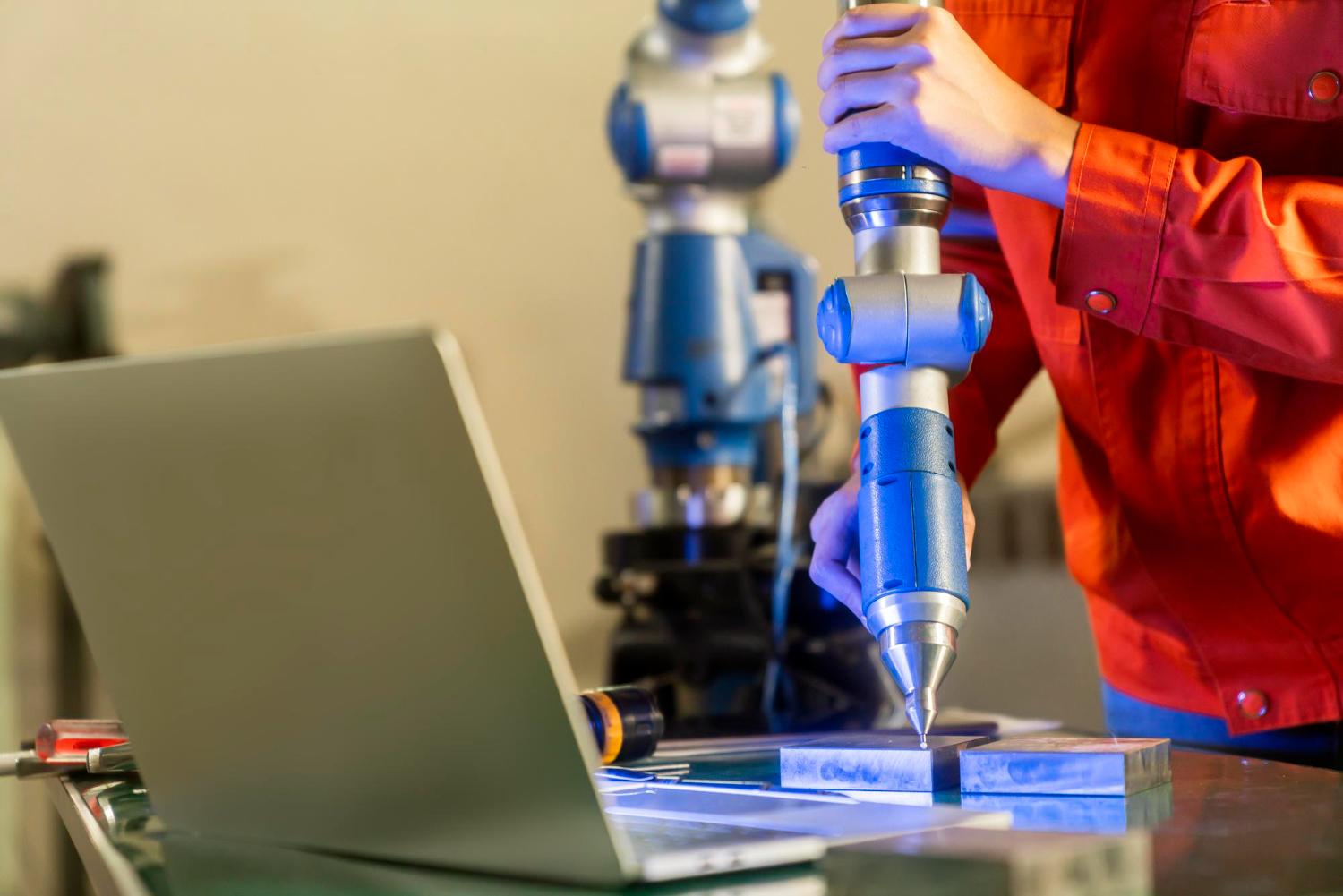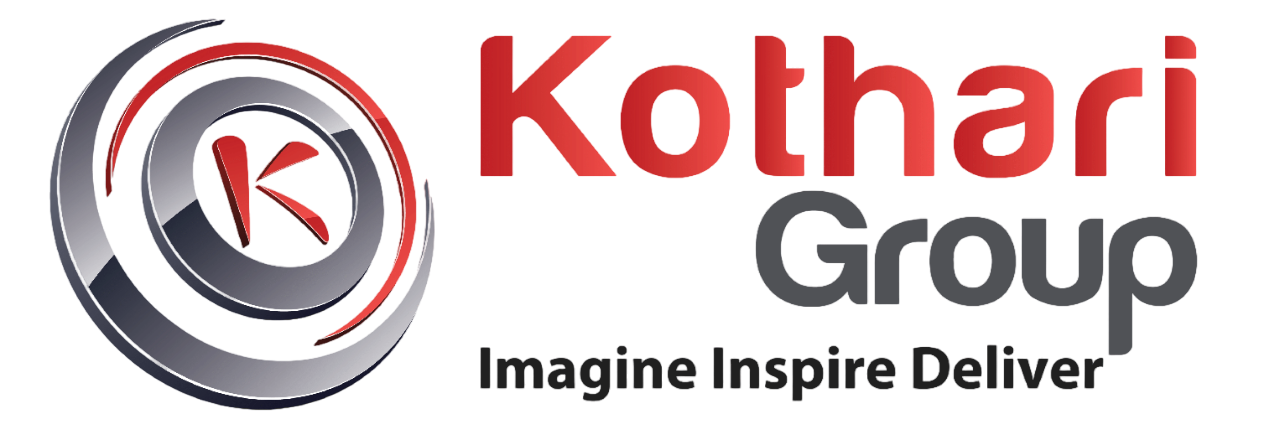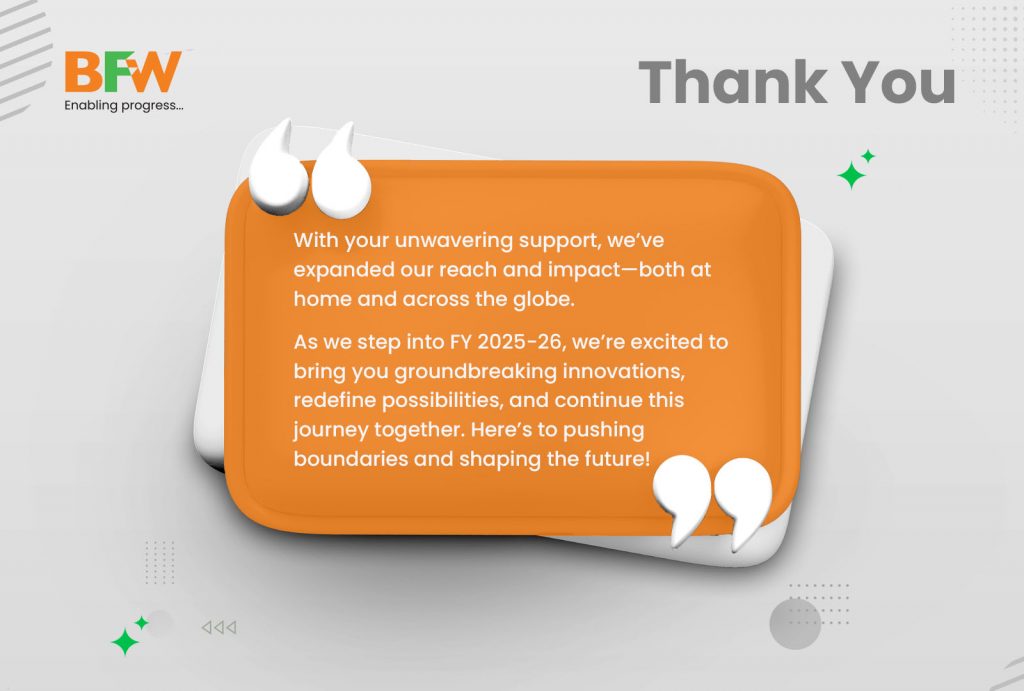In depth expertise
BFW's Additive Manufacturing Capabilities
BFW has a state-of-the-art additive manufacturing facility. The facility is staffed by experienced additive manufacturing engineers who can help customers with all of their additive manufacturing needs.
BFW is committed to using additive manufacturing to provide its customers with the best possible products and services. The company is constantly investing in new additive manufacturing technologies to stay ahead of the curve.






